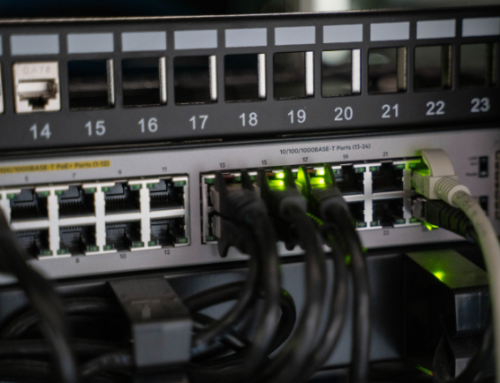Take 3 minutes to read this article
WD’s 6.5-Exabyte Mishap: How to Face the Fallout
The contamination accident in a Western Digital partner’s facility last month, which resulted in a massive 6.5-exabyte loss, is expected to trigger a price hike in flash SSD products. Sadly, this isn’t the only problem businesses are running into in the IT hardware supply chain: raw material shortages, lengthened OEM lead times, hardware surcharges, skyrocketing inflation—indeed, when it rains it pours. If you’re searching for shelter, stop looking in the usual places.
What is WD’s 6.5-exabyte mishap?
In case you haven’t heard, Western Digital sustained a significant loss amounting to 6.5 exabytes when certain impurities contaminated their 3D BiCS NAND flash memory production lines at Kioxia’s Yokkaichi and Kitakami plants. Kioxia Corporation (formerly Toshiba Memory Corporation) is a WD joint venture partner and one of the largest producers of flash memory and solid-state storage in the world.
This incident is sure to impact flash storage supplies as well as the supplies of flash storage-dependent devices such as PCs, servers, laptops, smartphones, etc., especially since Western Digital sells not only WD, but also SanDisk, G-Technology (now known as SanDesk Pro), and HGST storage devices. Most SSDs use NAND-type flash, and WD and Kioxia comprise at least 30% of the global NAND flash market.
SSD price hike is imminent, but it’s not the only problem
With that big of a market share and the number of devices using this technology, we can expect this significant reduction in NAND-based flash storage supply to cause a rise in prices, not only for storage devices but also for the IT equipment using them. Already, WD is warning partners of an immediate increase in the price of all-flash products. Nothing surprising here. It’s just the law of supply and demand in play.
If this flash shortage were the only problem in the IT hardware supply chain, things might not be that bad. Alas, that isn’t the case. It’s happening at a time when the electronics industry is already struggling to cope with an existing chip shortage that’s been dragging on for almost two years now.
Furthermore, rising OEM lead times, which were already pushed to critical levels by the COVID-19 pandemic, and slow sales have forced OEMs to implement hardware surcharges—additional financial burden customers were hoping to be rid of once pandemic restrictions got lifted. But now, with the ongoing war between Russia and Ukraine, and the resulting sanctions, it doesn’t look like those surcharges and other supply chains and financial issues are going away soon.
How to soften the blow of SSD price hikes, hardware surcharges, and other IT supply chain issues
Contrary to customary practices, you don’t have to source all your IT equipment from traditional OEM partners. You can actually procure reliable IT equipment from secondary market distributors. These suppliers aren’t bound to any OEM partnership agreement, so they can source their products from any reputable manufacturer at the best possible prices.
That means, when you procure IT equipment—including flash storage-equipped devices—from the secondary market, you not only get to enjoy lower prices, you can also avoid lengthy lead times and hardware surcharges.
CentricsIT is a global leader in the secondary IT hardware market with more than $10 million in new and used equipment inventory. For most parts, CentricsIT can ship the same day and deliver worldwide in 48 hours. If your business stands to be affected or is already affected by the looming SSD price hike, hardware surcharges, and other IT supply chain issues, contact us. We can help you address these issues.





